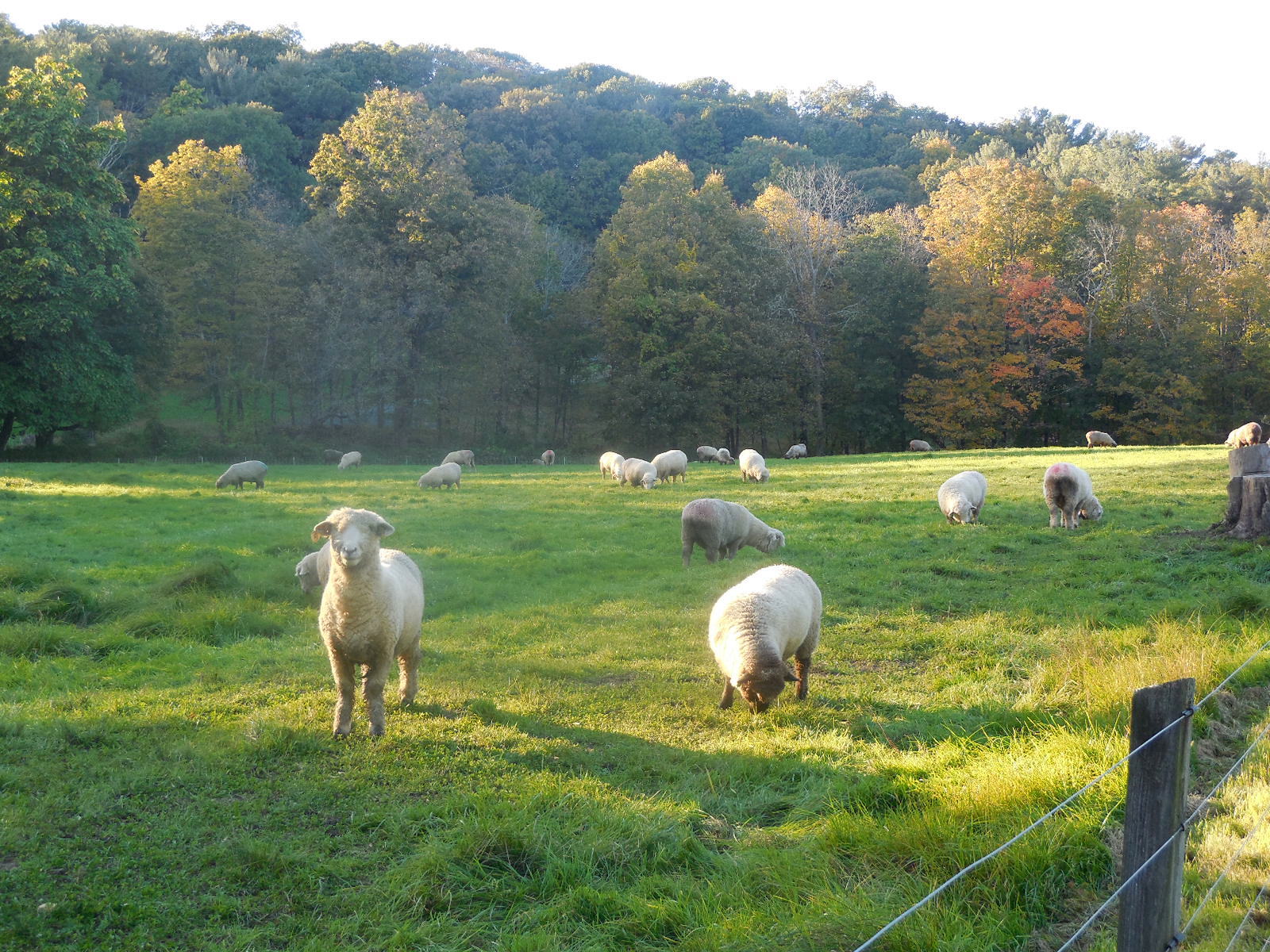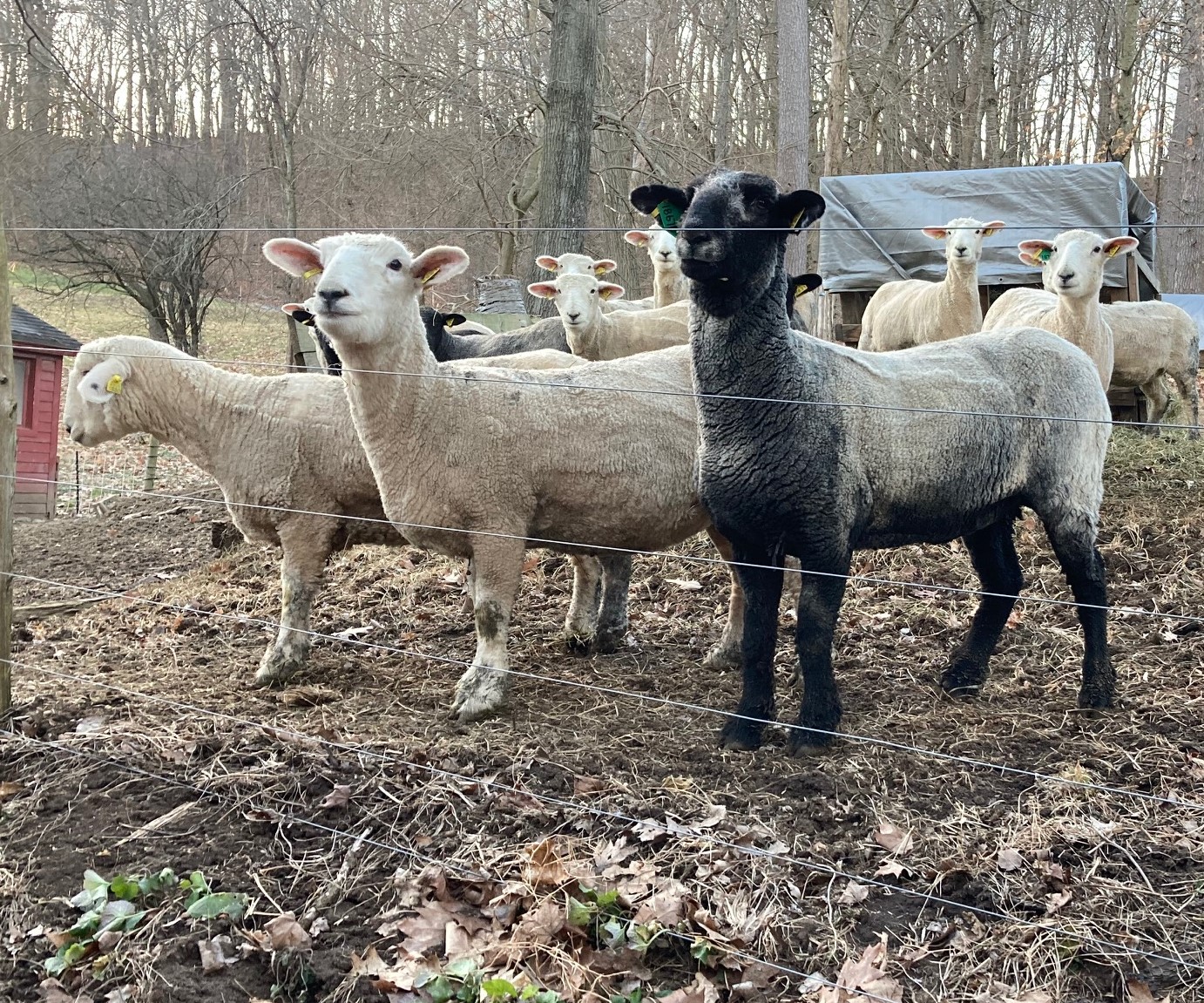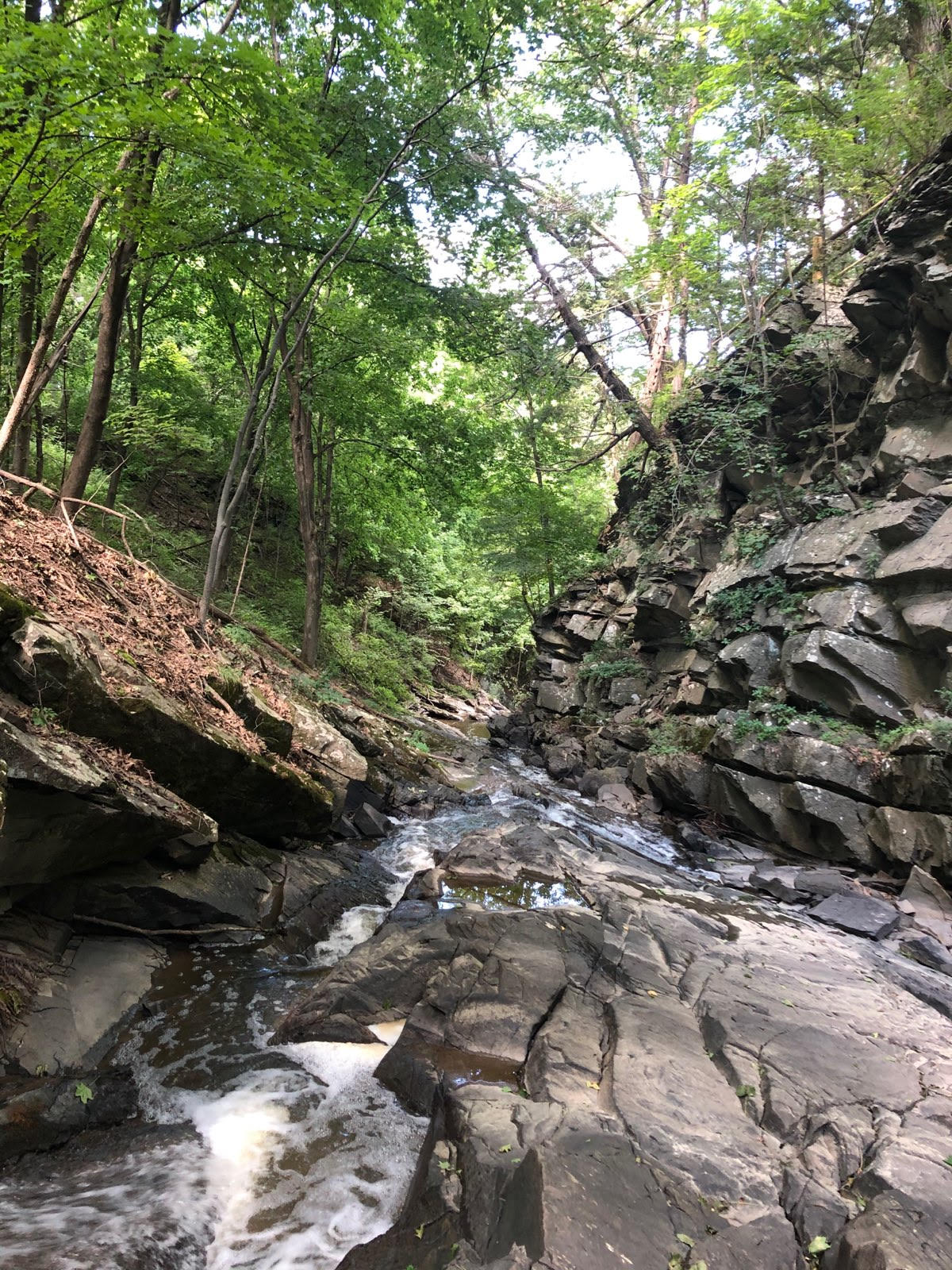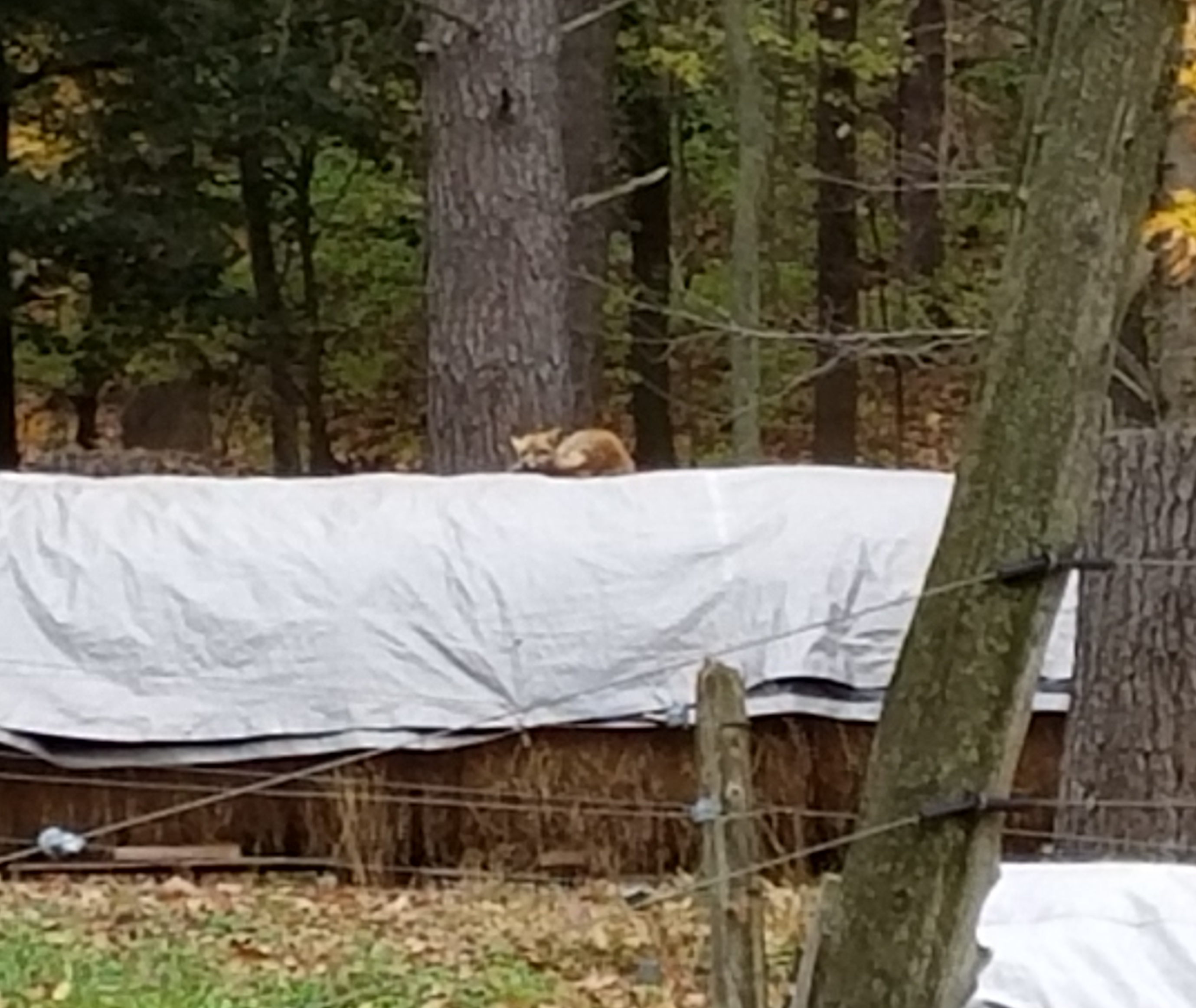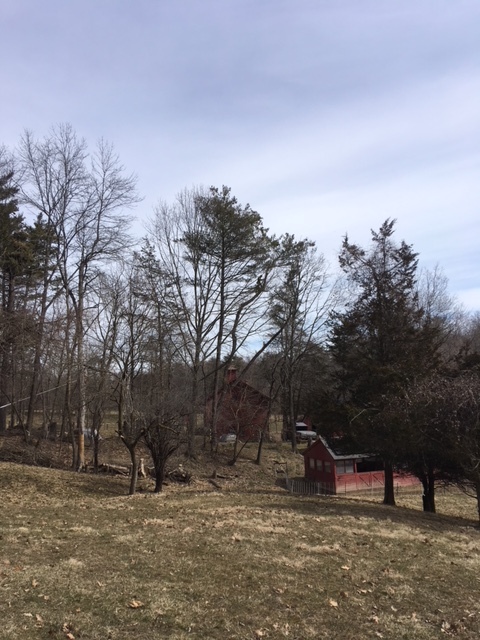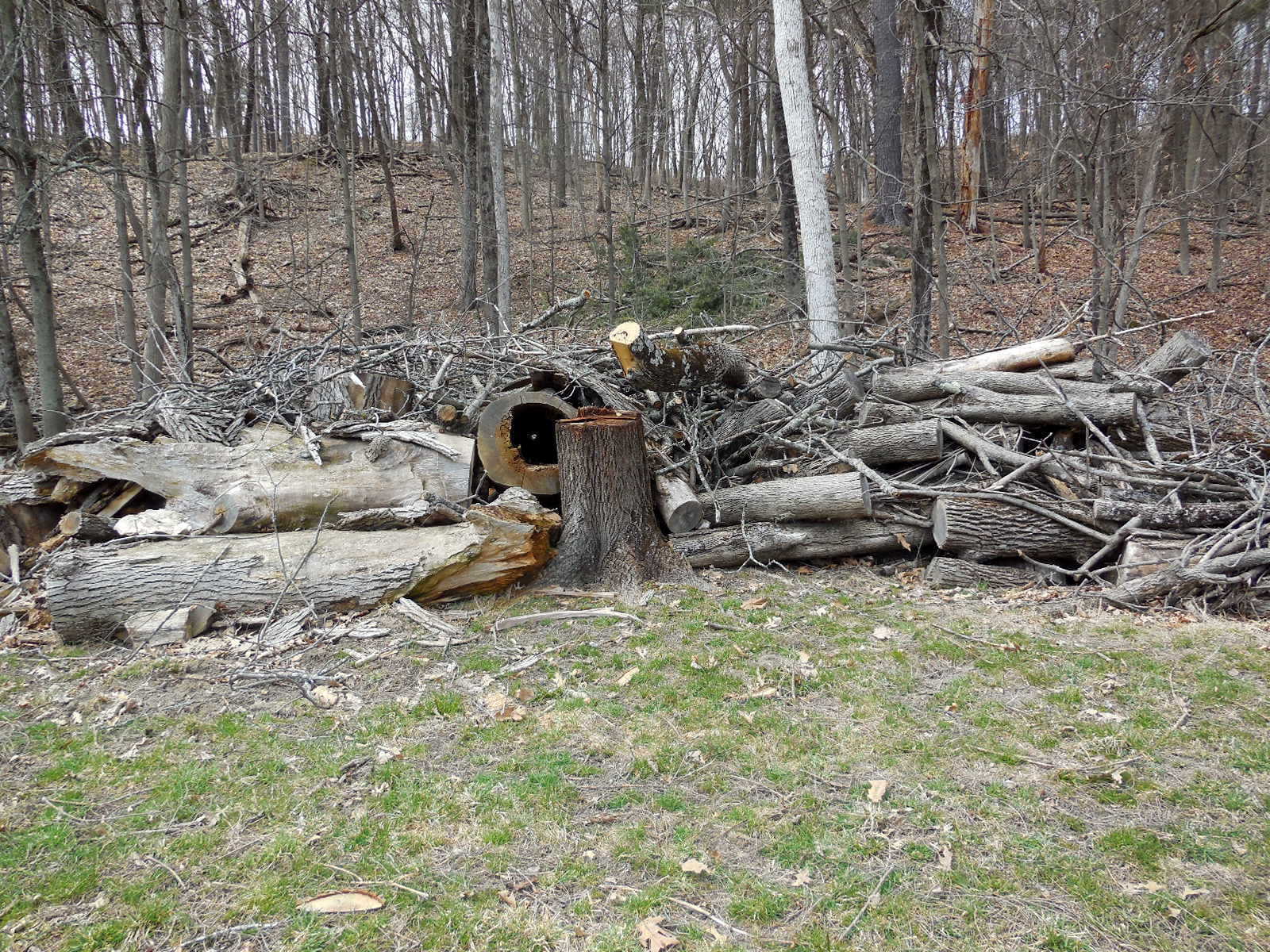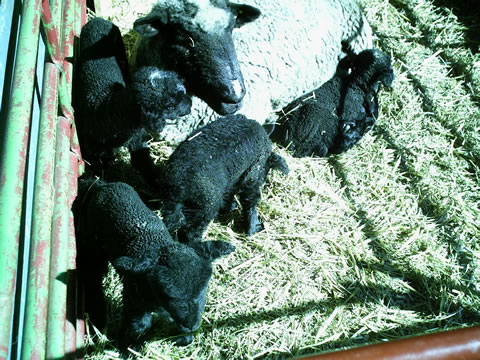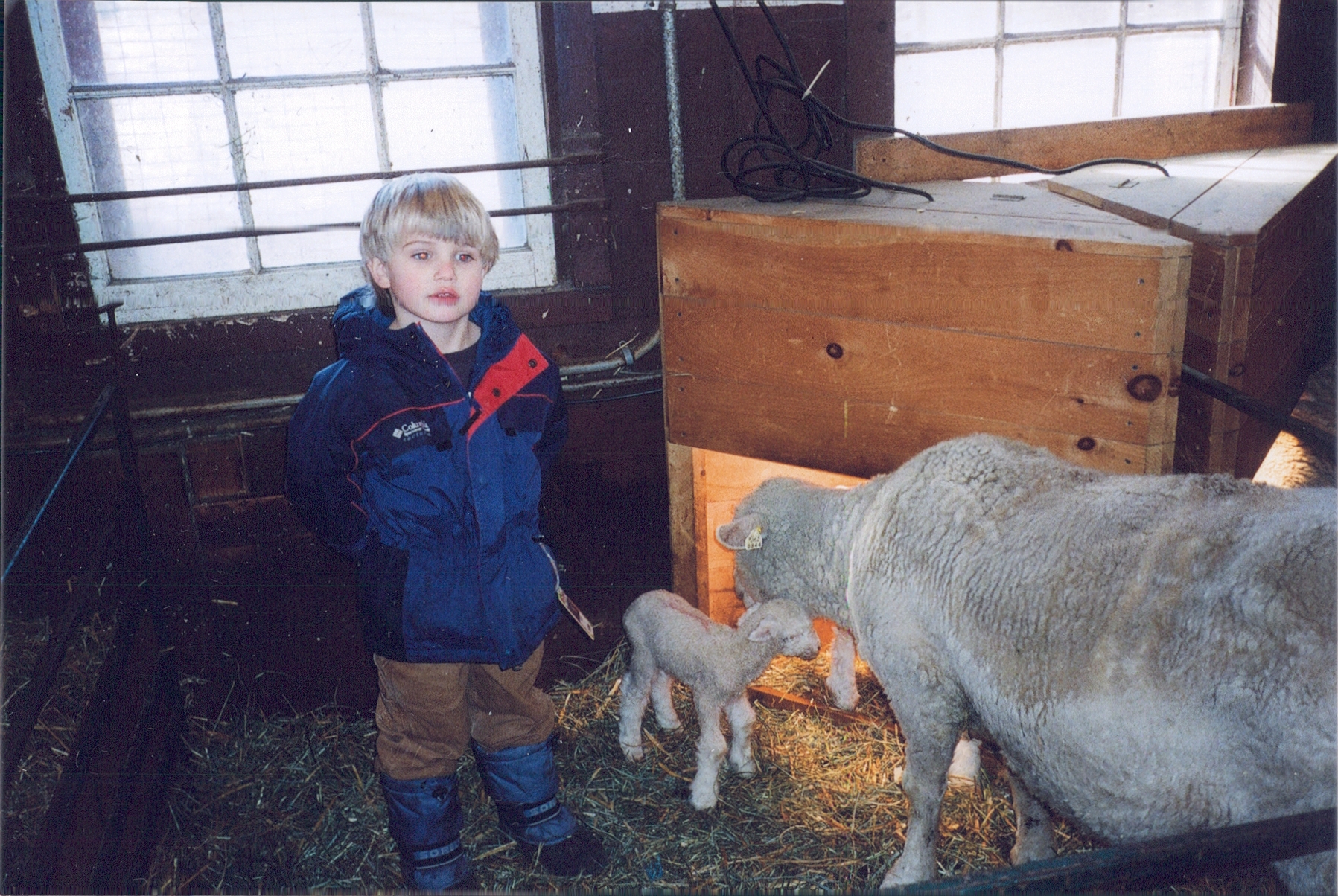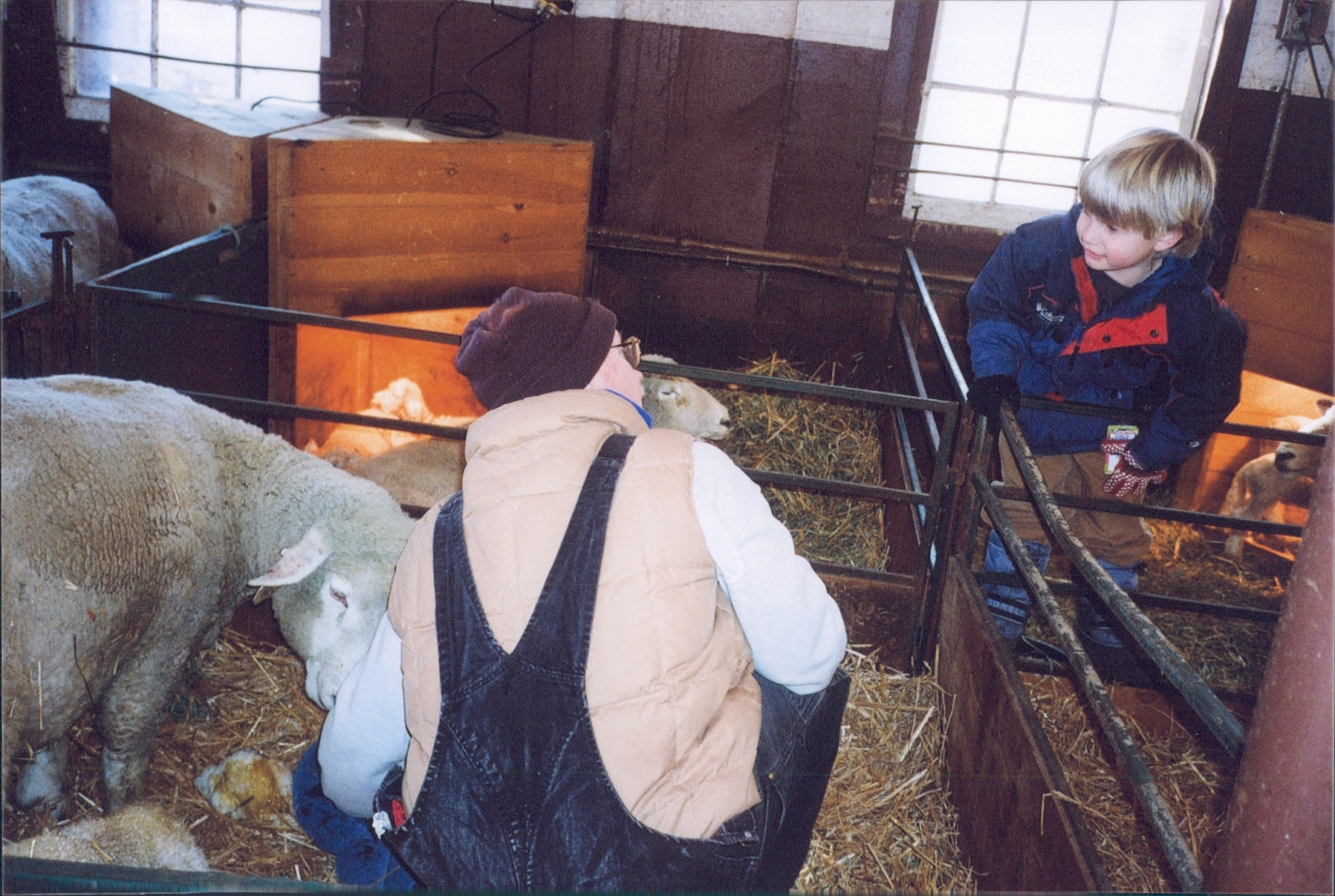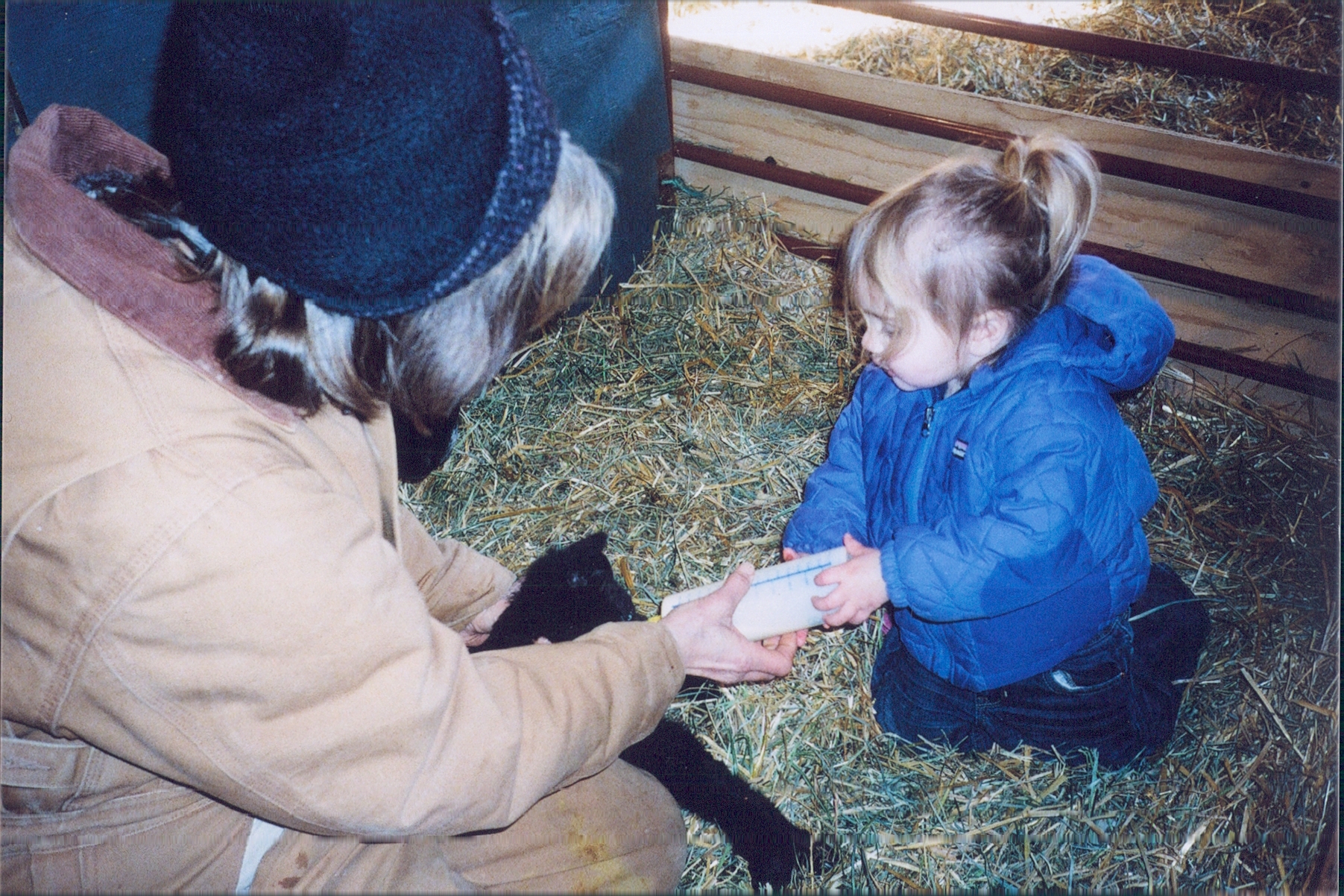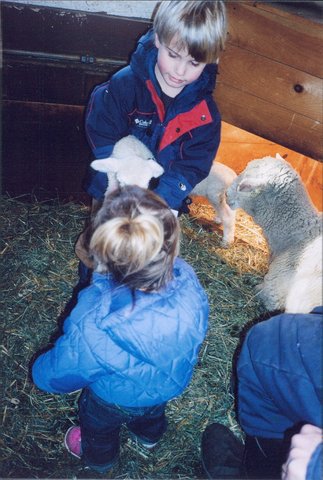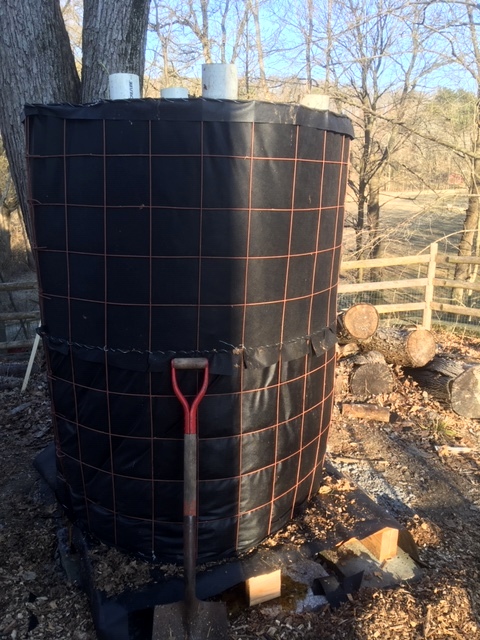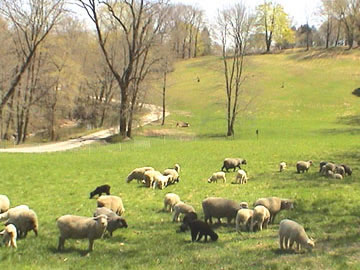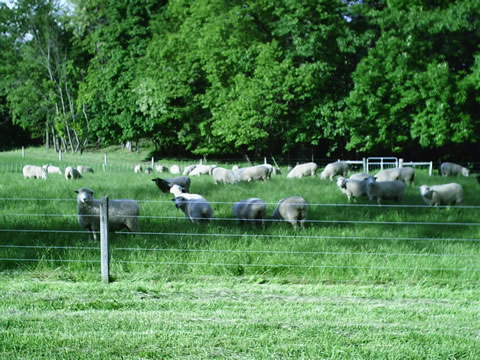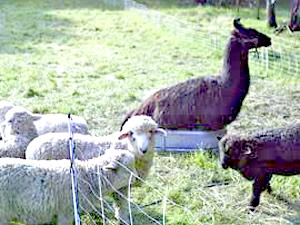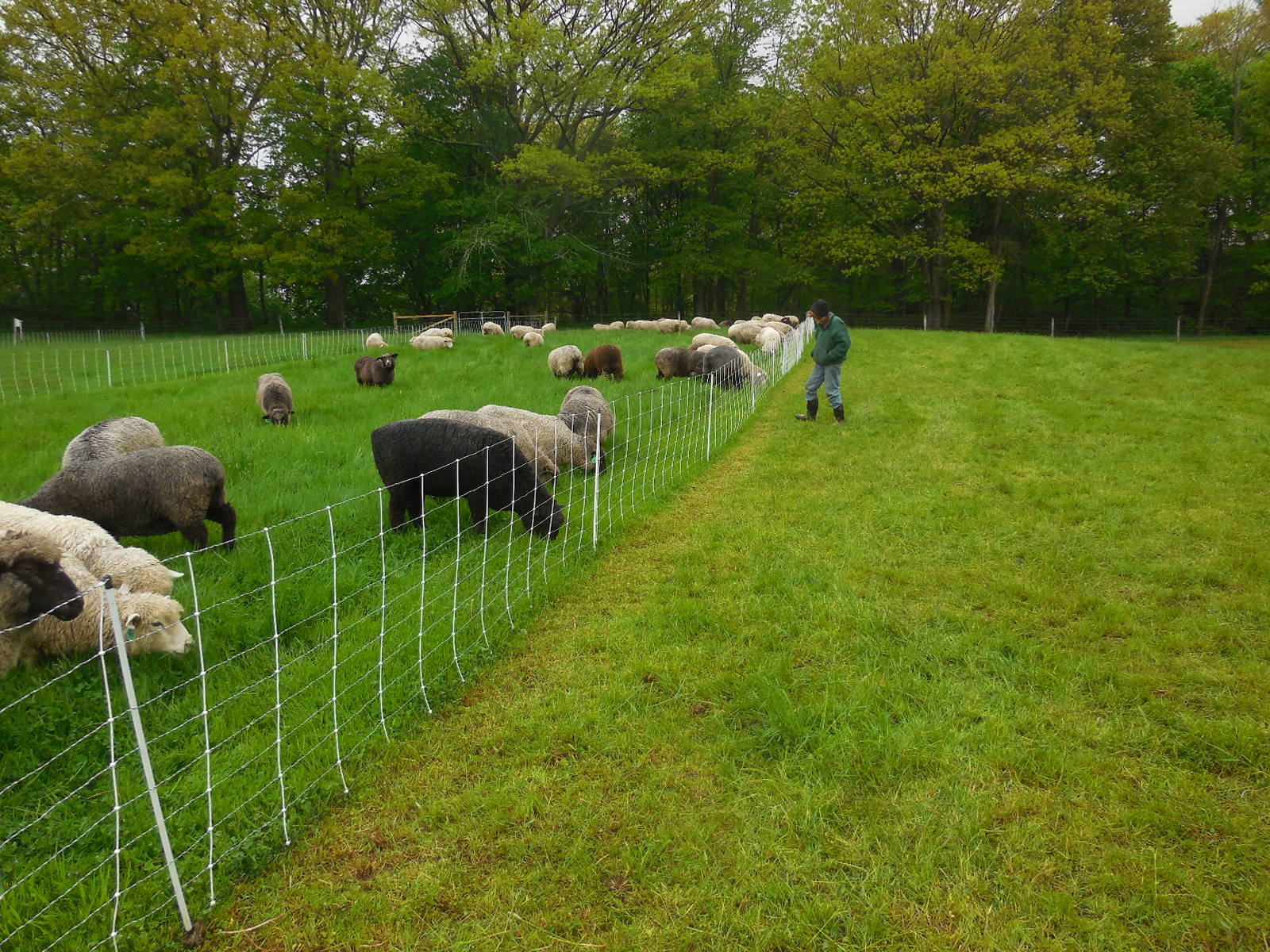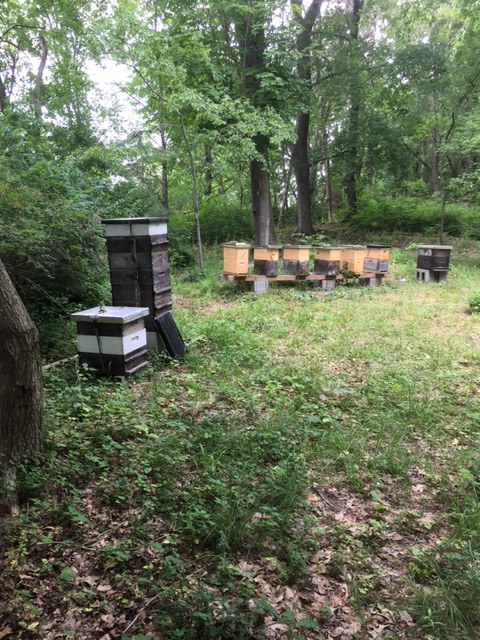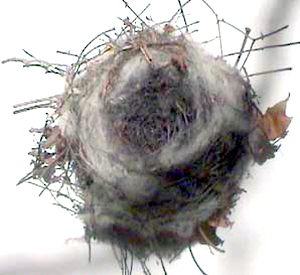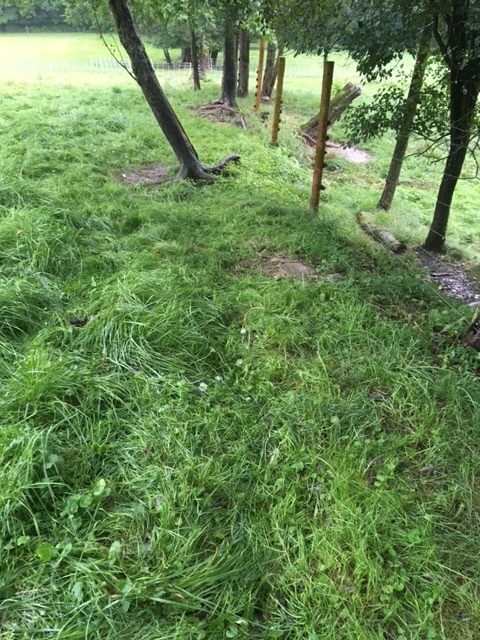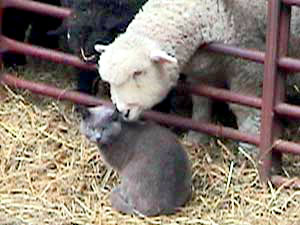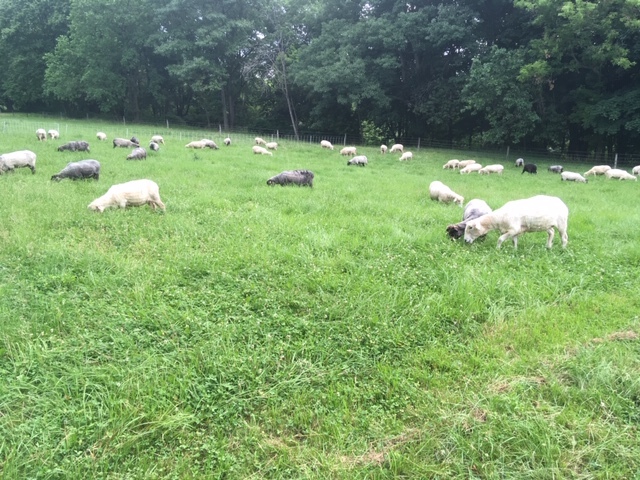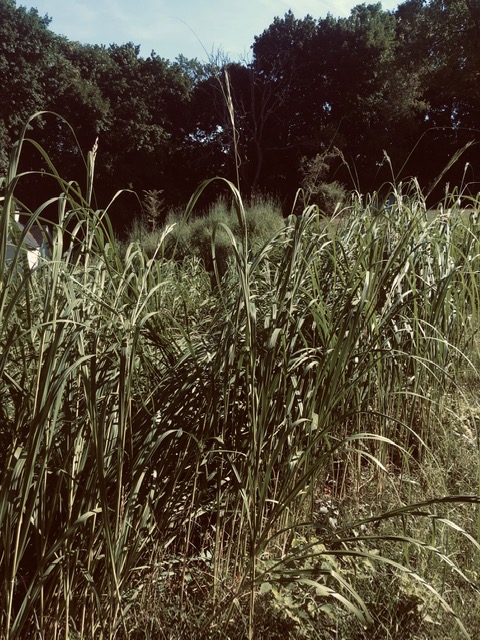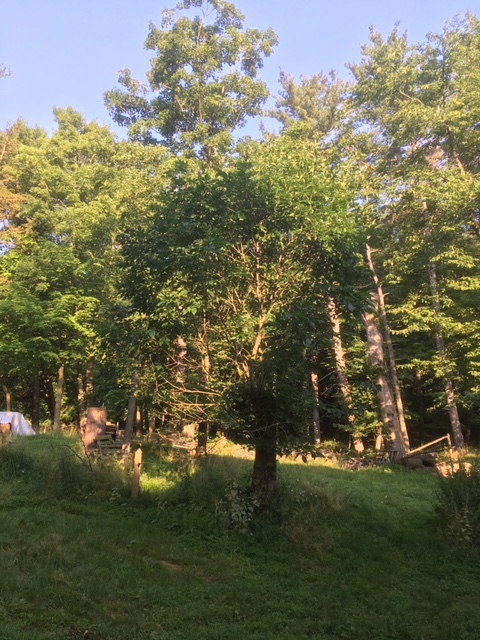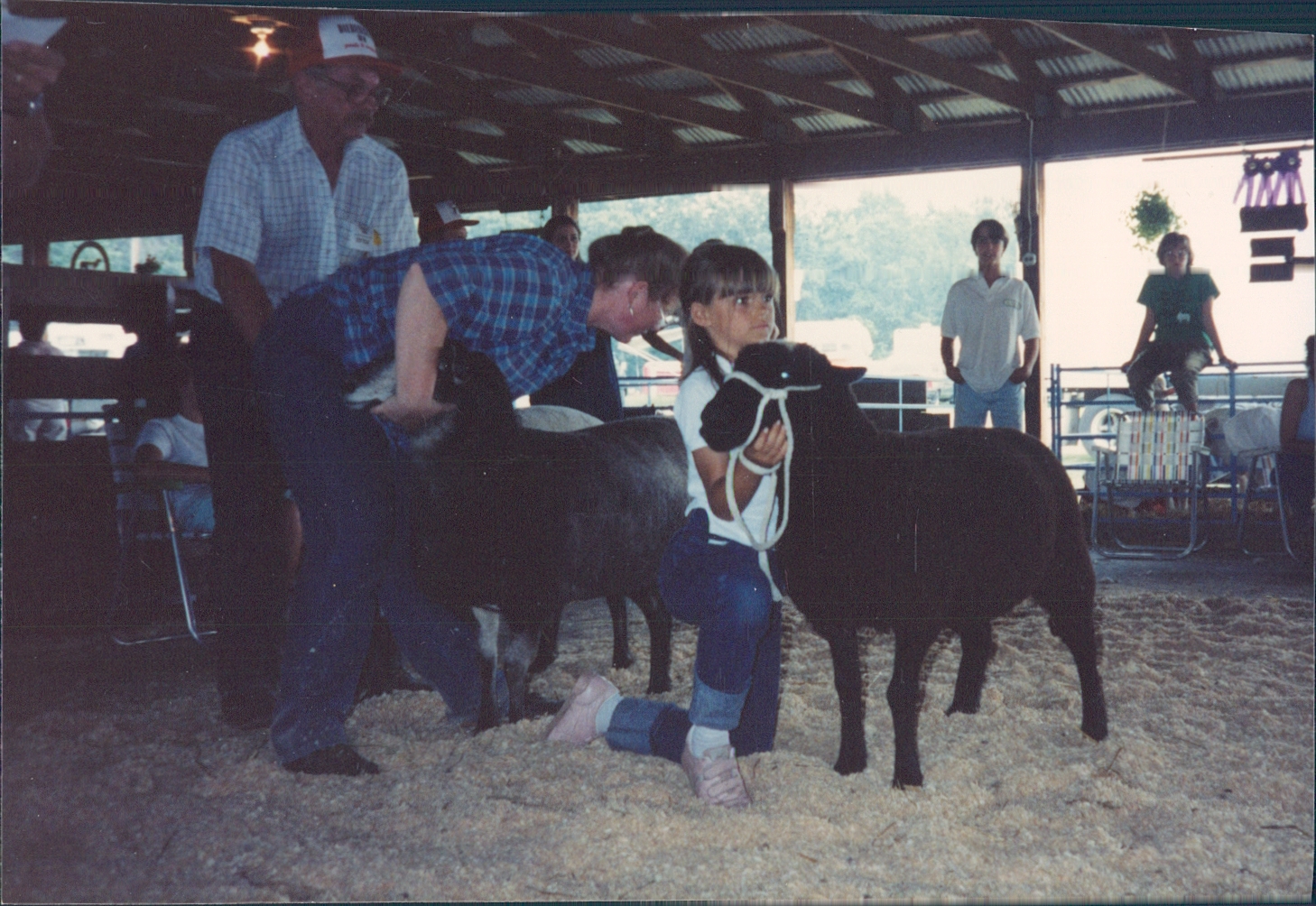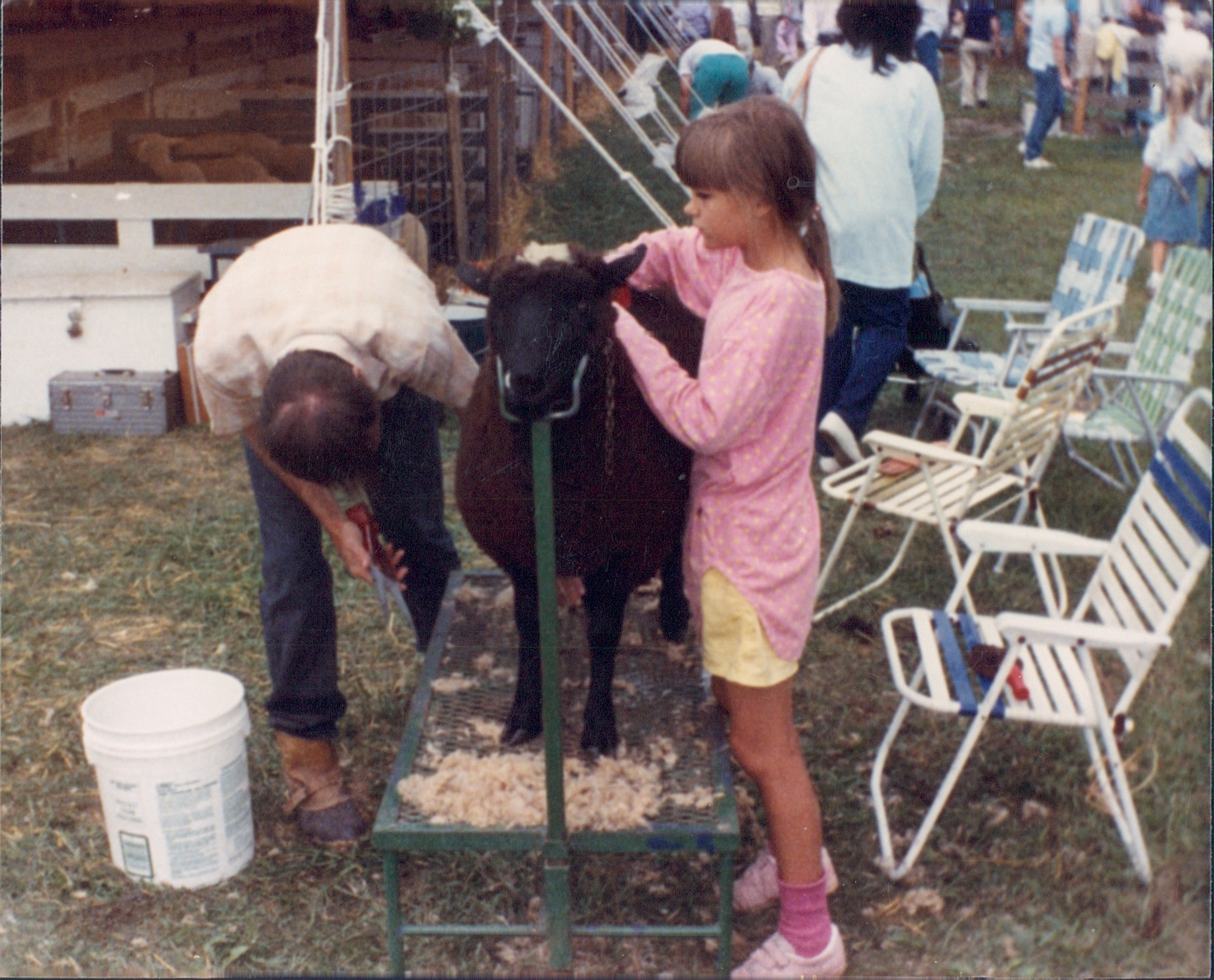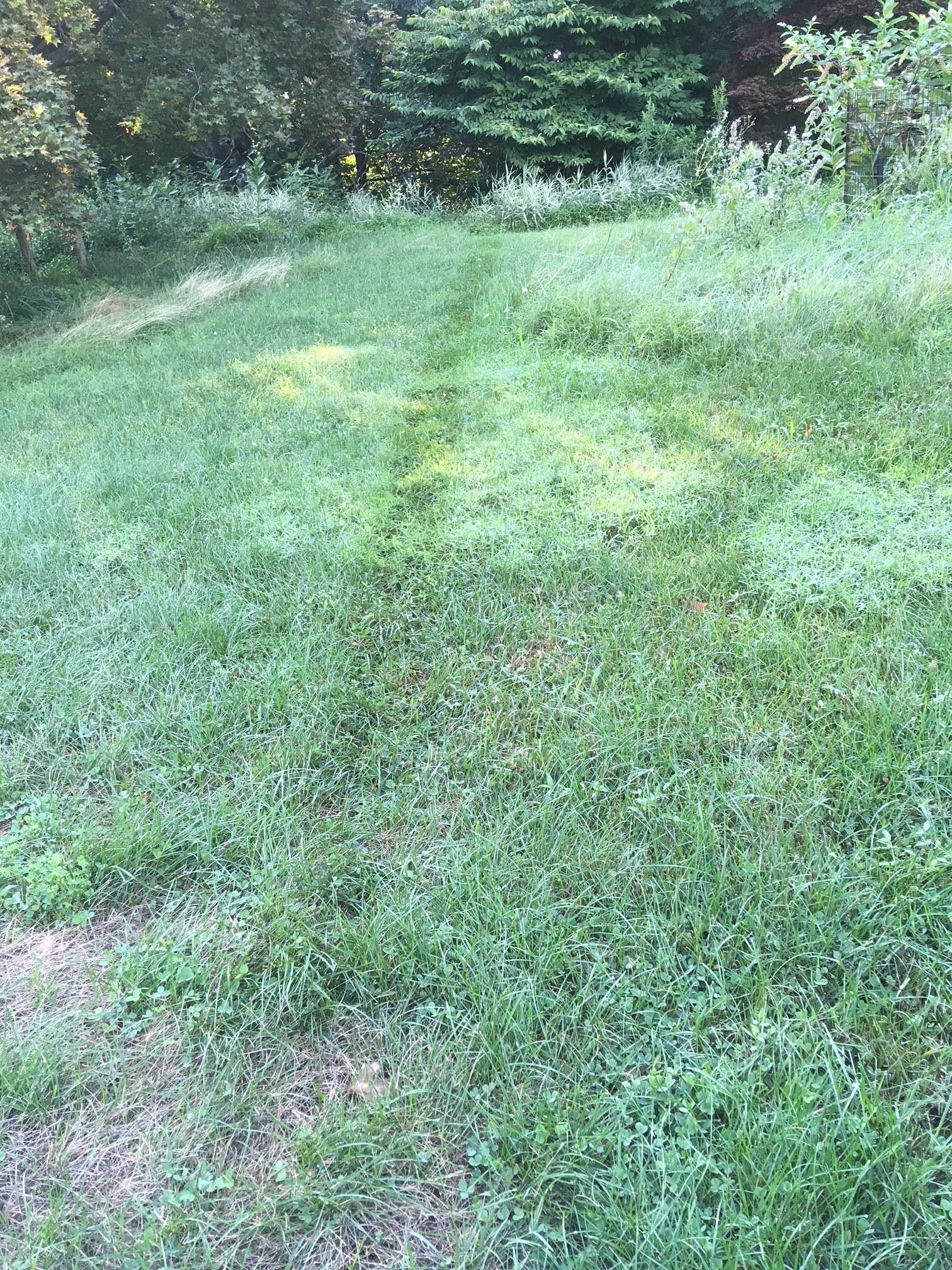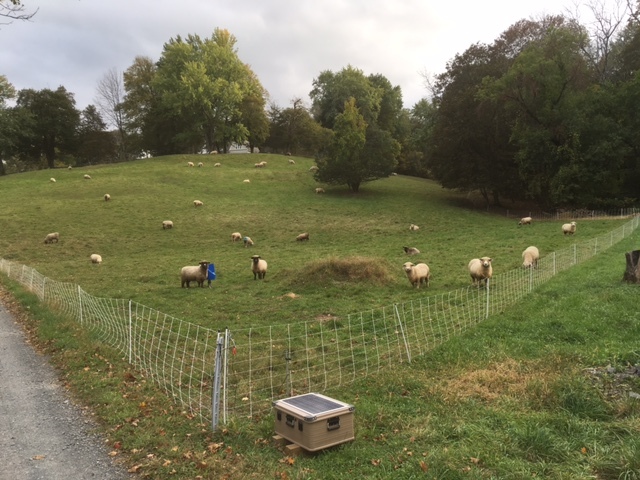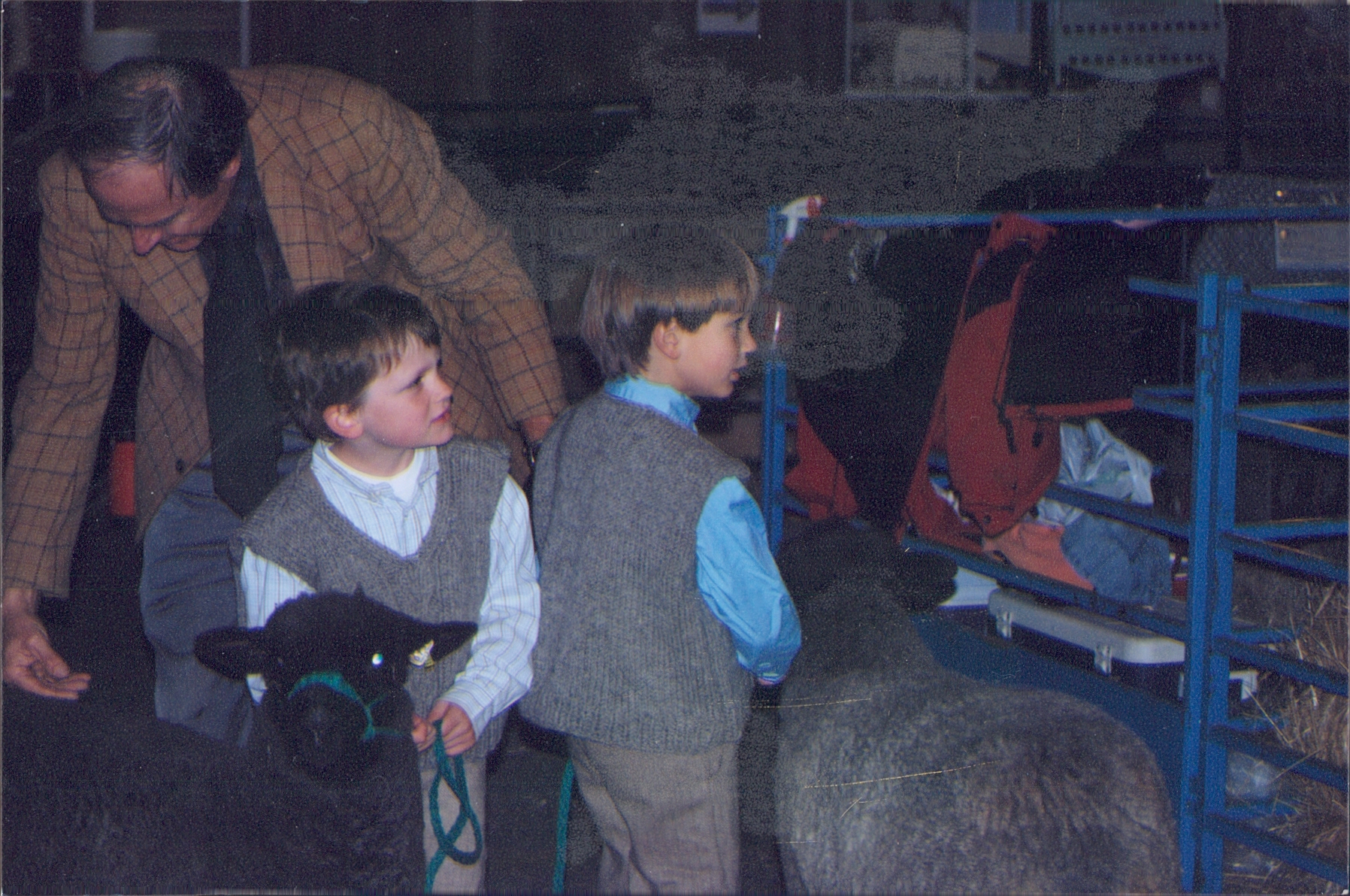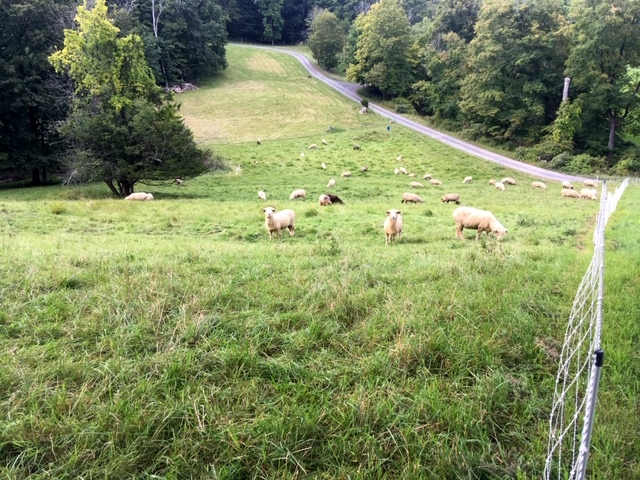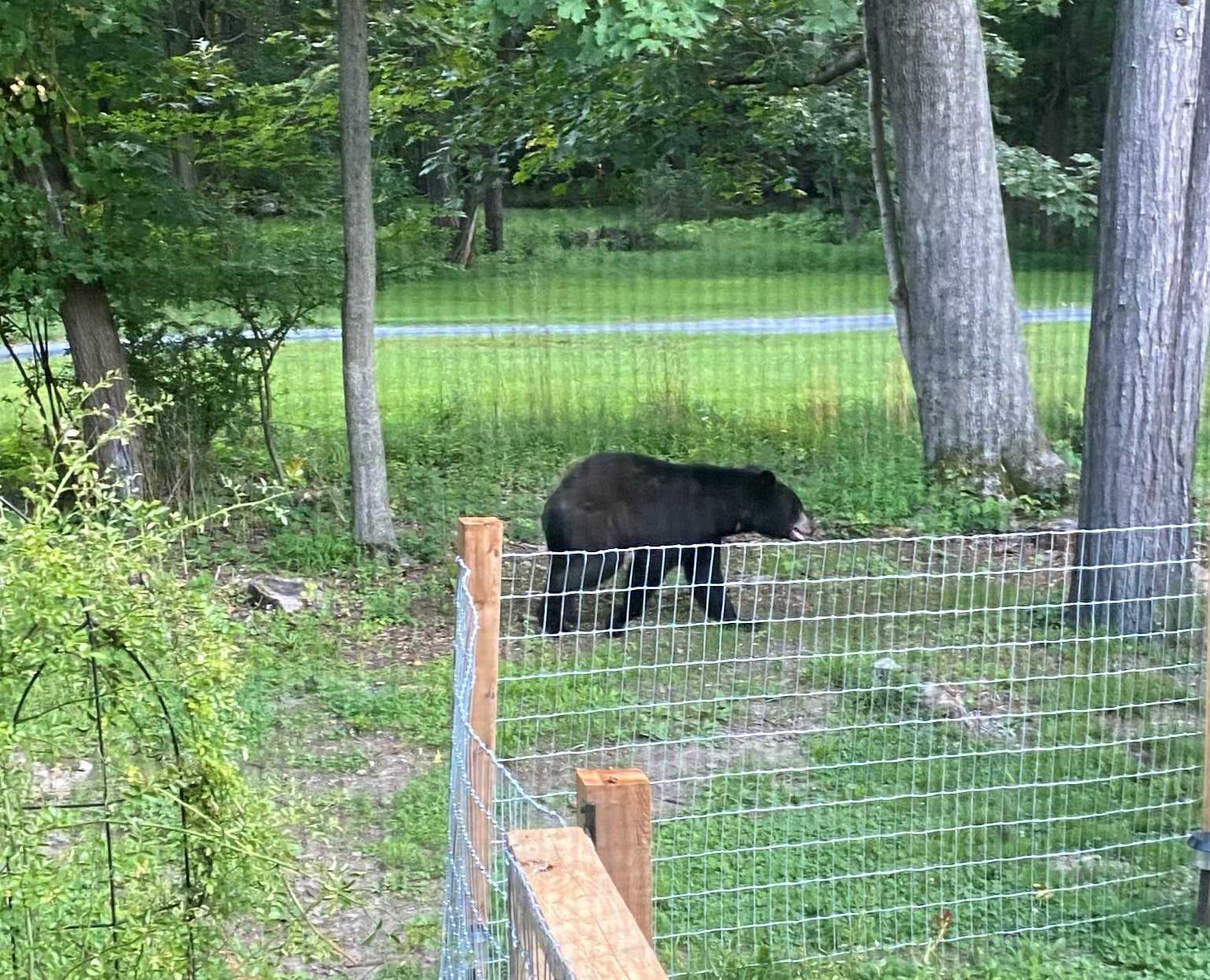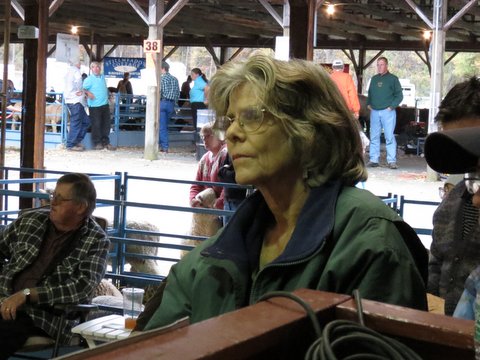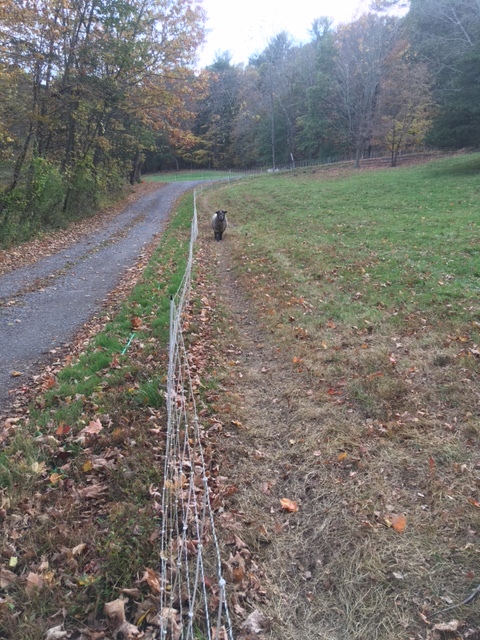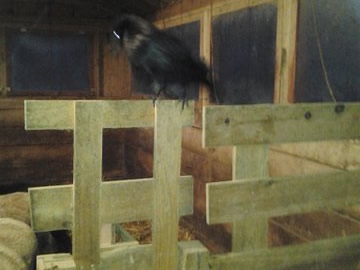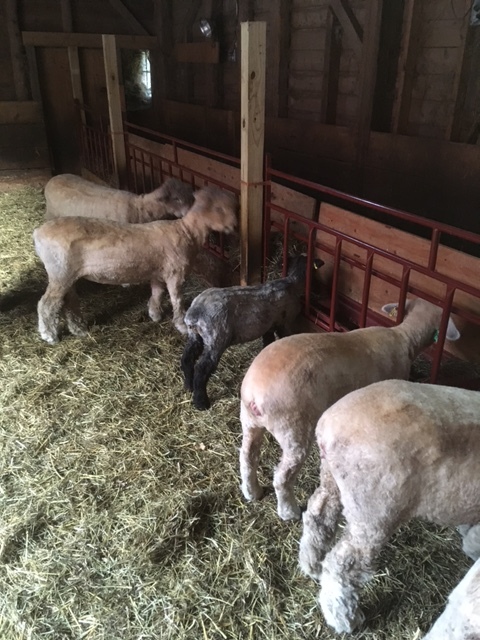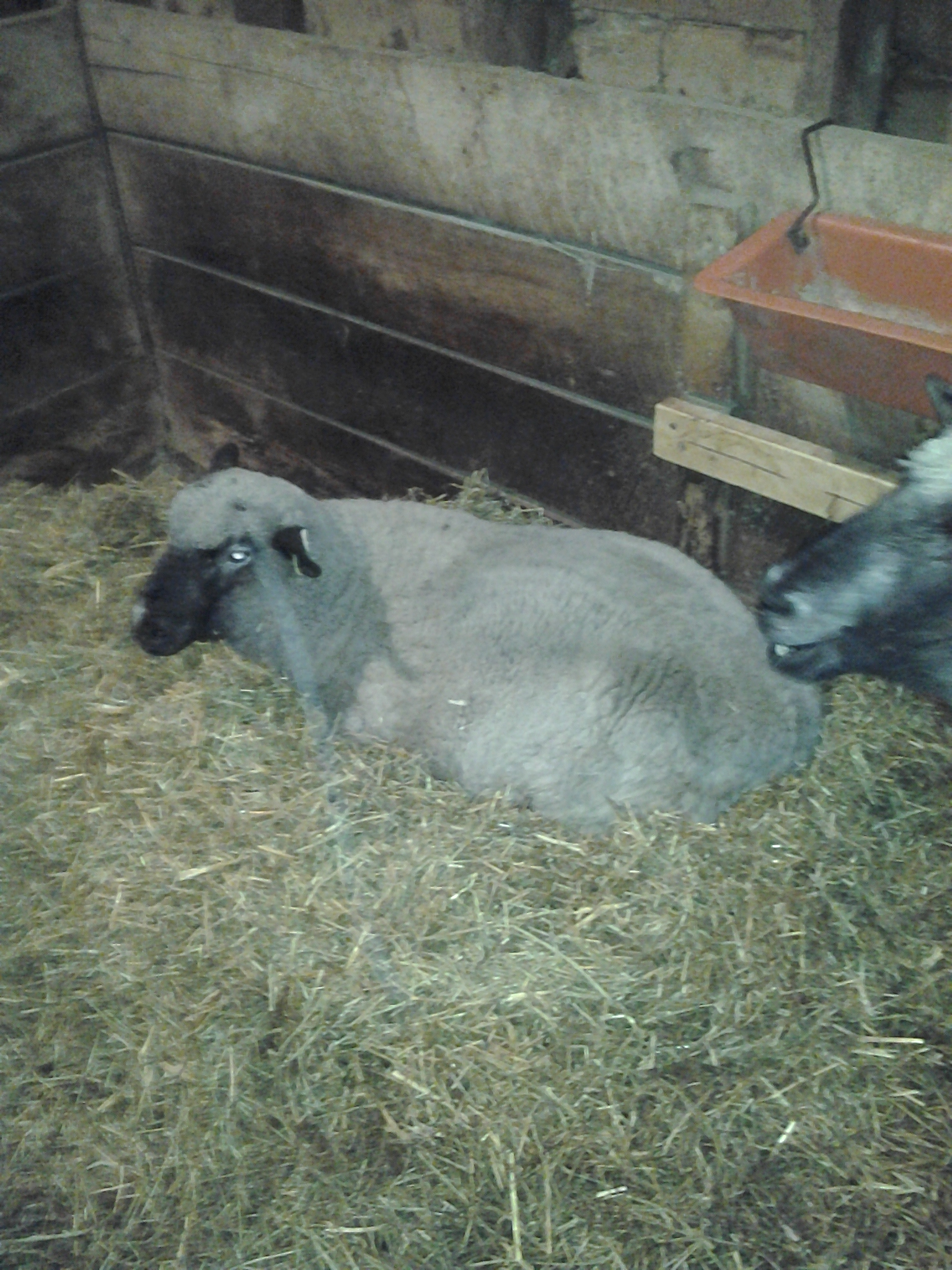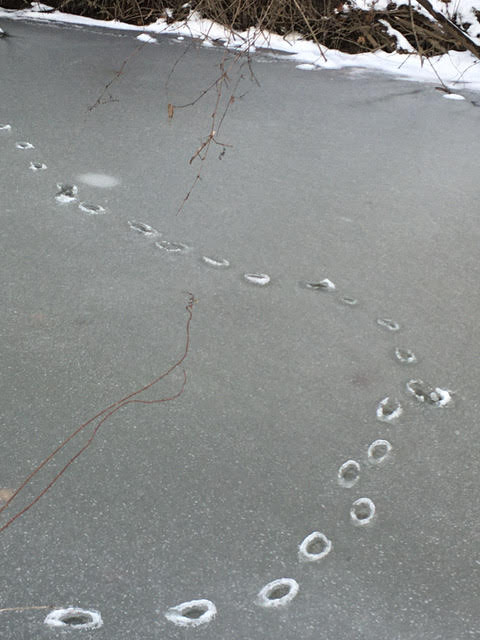Potential of Different Practices for Carbon Sequestration in Soil
This essay starts with the current loci of carbon sequestration, geological hydrological and biological. I’ll then review some “natural solutions” for near-term biological C-sequestration, which are mostly through photosynthesis in living organisms. I will look at the potential for various of these to contribute to essential carbon dioxide draw-down and to restoration of carbon-depleted soils. I point at the end to the extraordinary potential for global CO2 draw-down and soil improvement that is in low-cost organic soil amendments made from compost that mobilize soil biota to sequester carbon in ag soils. One such “inoculant” leads to sequestration to a 30 cm depth of 10 or more tonnes of carbon /ha/yr . Treating all 150 Mha of U.S. arable land with 450 kg/ha (~400 lb/ac) of that inoculant could, if small field trials are valid, sequester 1.6 Gt C ( = 5.86 Gt CO2) nationally/yr. This represents more than total yearly US emissions of CO2 and 16% of global emissions. It is time to start a healthy low-tech Manhattan Project that puts us in symbiosis with soil life instead of thrall to nuclear fission. The stakes for human survival are just as high or higher as in 1942.
Carbon sequestration means long-term storage away from the atmosphere. What’s long term is fuzzy; let’s say at least five decades, preferably centuries or eons. Most of Earth’s carbon (see graph) is securely sequestered in marine sediments and deep terrestrial rock (lithosphere) or in deep ocean waters. Three per cent is insecurely sequestered as fossil fuels now being de-sequestered as if there is no tomorrow.
Graph 1 Distribution of carbon in the world including atmosphere. Hover cursor over a sector to see value in Gt C. Source https://worldoceanreview.com/en/wor-1/ocean-chemistry/co2-reservoir/
Carbon in the atmosphere is not sequestered, nor is that in ocean surface. In both of these relatively small compartments there is now too much carbon as CO2. Some carbon in terrestrial plants (e.g. the wood of long-lived trees or in permanent structures) is sequestered above ground at least for decades , while that in leaves, grasses, forbs and other annual plants is not. Carbon in soil can be sequestered long-term if the soil is not turned over and there is year-round plant cover on it to prevent erosion by wind and water abetted by heat.
Acronyms and abbreviations
BEAM Biologically Enhanced Agricultural Management
EtOH Ethanol
MF Mycorrhizal fungi
SOC Soil organic carbon content as % of soil
SOM Soil organic matter as % of soil
E+ 6 10 to the power of 6 ( = 1 million) = * 10^6
F:B ratio ratio of fungi to bacteria
M ha million hectares = 2.47 million acres
Gt billion metric tons (tonnes) = Petagram (Pg)
M mt million metric tons ( tonnes) = Teragram (Tg)
mt metric ton ( = tonne) = Megagram (Mg)
To brake global heating, the world must stop de-sequestering fossil fuels and bring to far above today’s natural background the sequestration of carbon from the atmosphere, most of which is in CO2 . This essay looks at different methods to increase total C-seq, skipping over the high-tech ones to focus on low-tech “natural solutions” that sequester carbon in soil, at the same time improving it. Amongst the low-tech ones the highlight will be the potential for greatly enhancing C-seq in soil by spreading compost rich in fungi that once interacting with plants in soil stimulate proliferation of mycorrhizal fungi (MF) To start, below is my layout of most methods for C-seq now usable. It’s not all-inclusive.
High tech Carbon Capture and Storage
*from fossil fuel combustion
*from biofuel combustion
*directly from air
Low-tech not using photosynthesis
Biochar, terra preta
Low-tech using direct photosynthesis
Trees (including bushes, shrubs)
No-till + cover crops (“conservation agriculture”)
Short-stay long rest grazing by ruminants (“holistic or adaptive multi-paddock”)
Unmanaged vegetation not forests or range grasslands (e.g. marshes, peatlands)
Natural soil amendments
Traditional composts
Mycorrhizal fungi
Another schema is nicely shown by Mary Hoff (2017) in “Eight Ways to Sequester Carbon to Avoid Climate Catastrophe.”
Title Potential for C-seq in Gt CO2/yr
Afforest/reforest 1-14
Carbon farming 1-13
Other vegetation unknown
*Bioenergy carbon capture and storage 1-20
Biochar 1-4
*Fertilize oceans 1-4
*Rock Solution 1-18
*Direct capture from air 3-16
An important 2017 paper by Griscom et al reviewed “Natural Climate Solutions.” The many authors assessed twenty natural pathways, none being any of the methods marked in the lists above with an asterisk. Those must be considered to be too high-tech or to push nature too hard. The graph below from that paper. shows the twenty pathways and the climate mitigation potential as of 2030 for each under three scenarios – (a ) maximum under constraints of land and supply (b) achievable at cost of $100/t CO2 (c) achievable at low cost of $ 10/t CO2
The seven categories on my list don’t pour neatly into the twenty in the Griscom et al paper, but fit the four in Hoff’s article that I thought are closest to natural processes. Those four fairly well comprehend the twenty in Griscom et al as follows:
Griscom et al Max Cost eff Hoff Max mid-range
Forests (6 subcat) 16.2 7.3 Afforest/reforest 14 7.5
Ag and grasslands
(10 subcat) 4.8 2.5 Carbon farming 13 7
Wetlands (4 subcat) 2.7 1.5 Other vegetation unkn unkn
Total 23.7 11.8 27 14.5
Table 1. Maximum potential and cost effective potential (<$100/t) in Griscom et al and, for the corresponding categories in Hoff, the top of range and the midpoint of range. All values are in Pg CO2/yr = Gt CO2/yr. Global gross emissions in 2012 (Edgar database), for comparison, were 46.4 Gt CO2-e for big three GHG and 34.9 Gt CO2 for molecular CO2.
Although Hoff gives more potential for mitigation to carbon farming than Griscom et al do to their ten subcategories of Ag and grasslands, the two viewpoints agree reasonably on total potential for natural solutions and on potential for forest management. Is Hoff over-estimating the potential of carbon farming or do Griscom et al discount it too deeply? The answer to that depends on what I call “natural soil amendments.”
Set aside now all the “high tech” methods viz. CCS from combustion , direct capture from air, ocean fertilization and “rock solution.” None has the potential to both draw down CO2 and improve soil. The first three are mightily expensive. This leaves, from my list, the following “natural” solutions:
Low-tech not using photosynthesis
Biochar
Low-tech using direct photosynthesis
Trees (including bushes, shrubs)
No-till linked to cover crops
Short-stay long-rest grazing by ruminants
Unmanaged vegetation not forests or range grasslands
Natural soil amendments
Traditional composts
Mycorrhizal fungi
Being interested in crop and animal agriculture, I now home in on methods applicable to cropland and grazing land. This means setting aside trees, though they are in almost everyone’s view the major locus of biological C-seq anywhere that is at hand today. I will also set aside “unmanaged vegetation” This leaves a smaller suite of methods, the names of which do not correspond neatly to the ten subcategories in Griscom et al though all fit well into Hoff’s “Carbon farming.”
Low-tech not using photosynthesis
Biochar
Low-tech direct photosynthesis
No-till + cover crops
Short-stay long rest grazing by ruminants
Natural soil amendments
Traditional composts
Mycorrhizal fungi
|
Solution and scope |
intensity |
max |
cost effective |
|
|
Tg CO2/yr |
Tg CO2/yr |
|||
|
1 |
Avoided grassland conversion 1.7 Mha |
116 |
35 |
|
|
2 |
Cropland nutrient mgmt 44 Gt N/yr |
706 |
635 |
|
|
3 |
Biochar 1670 Tg/yr crop residue |
0.18 MgC/Mg dm |
1102 |
331 |
|
4 |
Grazing optimal on 712 Mha |
0.06Mg/ha/yr |
148 |
89 |
|
5 |
Grazing legumes on 72 Mha |
0.56Mg/ha/yr |
147 |
132 |
|
6 |
Grazing improved feed for 1.4 B head |
680 |
204 |
|
|
7 |
Grazing animal mgmt for 1.4 B head |
200 |
60 |
|
|
8 |
Conservation Ag on 382 Mha |
0.32Mg/ha/yr |
413 |
372 |
|
9 |
Trees in croplands 608 Mha |
1040 |
439 |
|
|
10 |
Improved rice 163 Mha |
265 |
159 |
|
|
Total |
4817 |
2456 |
Table 2 . The ten natural solutions proffered under “Ag and Grasslands” in Griscom et al. with the maximum mitigation potential and the cost-effective mitig. pot. given for each. The scope (extent) is given for each in area or number head or (biochar) raw feedstock tonnage. The intensity is given for some. The value 0.18 Mg C/Mg dm pertains to biochar. Mg = metric ton Tg = million metric tons Gt = billion metric tons [= Pg ] Mha = million hectares B head = billion head of cattle C = carbon N= nitrogen dm = dry matter
Biochar on my highlighted list above corresponds to line 3 in table 2. “No till plus cover crops” corresponds roughly to table 2 line 8 . “Short stay long rest grazing” aligns roughly with lines 4 and 5, perhaps also with line 1. Lines 6 and 7 of table 2 don’t fit my schema; the descriptions look like recommendations for grain finishing of fewer cattle in smaller spaces where I would call for more land under holistic grazing management. “Trees in croplands” [and silvopasture, not so designated in Griscom et al] are sound solutions which I haven’t studied enough to have included at this point . Note that Drawdown gives “silvopasture” 9th place overall on its lineup of solutions, on which “tree intercropping” ranks 17th place and “conservation agriculture” 16th .
I must move past biochar . It has ardent proponents as a technique for C-seq, especially if the gas generated in the low-oxygen heating can be combined-cycled to drive a machine. Leaving biochar undisturbed guarantees sequestration for decades, perhaps centuries. It is not, however, well suited for boosting carbon in large areas of soil. To make a ton of biochar, more than five tons of feedstock (wood, crop residue) are required
(inferred by me from Supplementary Information for Griscom et al p 9) , That ton of particulates has to then be distributed throughout a large volume of soil to be of benefit. Too much biochar can hurt soil. Application rates are high; Lehmann et al write of 40 tonnes/ha. In 2010 a review by the International Biochar Initiative gave a range of rates from 5 to 50 tonnes/ha, calling attention to problems in spreading crushed material on soil such as wash-away and blow-off. I gather that a high proportion of carbon in biochar is recalcitrant, stable for decades or centuries against oxidation but less interactive with soil than particulate carbon and humus carbon. Biochar stands #72 in Drawdown.
Eagle et al (2012) tabulated four studies of biochar, on three of which Prof. Lehmann was an author. I could not tell how much of the sequestration potential in any of these would translate into increased soil carbon elsewhere than at the burial site. In Nature 2007, Lehmann writes that the biochar resulting from pyrolysis of 600 M mt of fast-growing vegetation could when put into soil sequester 1.6 Gt C (= 5.86 Gt CO2) per year. I could not, however, find the land area that would be treated. Eagle et al record in discussing that paper an associated potential seq rate of 19.57 t CO2/ha/yr [though I don’t know how they came to that figure]. Even at that high rate, 290 Mha (716 E +6 acres) would have to be treated with uniform dispersal throughout the topsoil of those hectares to maximize benefit to soil as well as pure sequestration.
Other reports in the same table in Eagle et al have much lower rates for C-seq.. I’m fuddled, but gather that (1) biochar itself when sealed away can sequester perhaps a fifth of the carbon that was in the feedstock, which means much less C emission than burning that feedstock or letting it decay on soil surface (2) biochar in soil adds carbon but may not add it by stimulating microbial activity, for which it may be more housing than a nursery (3) no matter how biochar is made, it would be difficult and expensive to spread it into millions of hectares of soil.
I am sure that modern biochar mixed with something like manure is an excellent soil amendment for lawns, gardens and trees. That said, Griscom et al – and this is significant – do not regard it as a soil amendment for a global scale. I guess this is because it would be so hard to use on millions of hectares.
Griscom et al do not have a category for what my list calls “natural soil amendments.” This to me is an understandable but regrettable omission. “Composting” stands only 60th position in Drawdown, below the median. In my list, “traditional compost” includes manures and vegetal farm waste that have been stockpiled or more properly composted, but not raw manure from storage pits. Eagle and colleagues did distinguish, among twenty-one areas of possible intervention “Apply organic material e.g. manure.” Their report tabulated eight studies of “land application of organic material, USA.” The potential for soil C-seq ranged from 0.70 to 3.5 t CO2/ha/yr with a median of 1.85. The mass of organic material that must be applied to get rates like this, however, is too much make the practice widely useful. The Marin Carbon Project, for example, applied 70 tonnes/ha finished compost to get C into soil at rates (per Toensmeir p.390) of 2.1-4.7 t C/ha into soil.
Besides traditional compost, however, a little-known innovation for creating humus has shown results that could revolutionize soil management and potentially out-downdraw all the ag and grasslands solutions presented by Griscom et al. The innovation is composting that bio-magnifies populations of desirable pathogen-fighting microbes. It reverses the usual ratio (<1) of desirable fungi to bacteria. This reversal be done with or without turning. If turning is not used, aeration requires a special design of the pile. A high F:B humus must interact with living plants to sequester carbon in soil. I will showcase these highly bioactive preparations after a look at the C-seq potential of “regenerative” solutions that do not use them.
There remain three “natural solutions” on Table 2 that have a counterpart on my list.
|
|
Solution and scope |
intensity |
max |
cost-effective |
|
|
|
Mg C/ha/yr |
Tg CO2/yr |
Tg CO2/yr |
|
1 |
Grazing optimal on 712 Mha |
0.06 |
148 |
89 |
|
2 |
Grazing legumes on 72 Mha |
0.56 |
147 |
132 |
|
3 |
Conservation Ag on 382 Mha |
0.32 |
413 |
372 |
|
|
Total |
|
708 |
593 |
Table 3. The three natural solutions in Griscom et al that best fit the term
“Regenerative Agriculture” insofar as it is “carbon farming.” Excerpted from Table 2
Their total maximum potential (see table 3) is 708 Tg CO2/yr = 0.708 Pg = 0.708 GtCO2/yr, about 15% of the Ag and grasslands total in table 2. This is disappointing for advocates of “Regenerative Agriculture,” because these three are the mainstays of Regen Ag: no till, cover crops and holistic grazing. Don’t despair. The potential for optimal grazing may be seriously underestimated. Stanley et al reported, for instance, a C-seq rate of 3.59 Mg C/ha/yr due to adaptive multi-paddock management, while Wang et al estimated that converting from heavy continuous to multi-paddock grazing led to C-seq of 2 Mg C/ha/yr. Machmuller et al (2015) reported 3.2 Mg C/acre. Moreover, at 0.32 t/ha/yr, the estimated potential for “conservation agriculture” is also on the low side. Toensmeier (p. 390) tabulates twelve figures ranging from 0.1 to 6.3 t C/ha/yr, median 2
At last we get to the central point of this essay: bioactive fertilizers with a high F:B ratio that enable a thriving population of mycorrhizal fungi are reported to promote extraordinary C-seq rates after comparatively light application. (see my companion piece “Biologically-Enhanced Agricultural Management”). This potential has not been acknowledged in any wide-ranging authoritative review such as Griscom et al or Eagle et al or Garnett et al. Treating all 150 Mha of U.S. arable land with 449 kg/ha of one such product –BEAM inoculant –could, if small field trials are validated, sequester 1.6 Gt C ( = 5.86 Gt CO2) nationally/yr. This represents more than total yearly US emissions of CO2 and 16% of global emissions. 1.6 Gt C is the same figure that Lehmann projects biochar could sequester. It would come through BEAM, however, at much lower cost for processing, for transportation and application than biochar would incur.
On a global scale, high F:B bioactive fertilizer such as BEAM could bring back world cropland soils from the brink of collapse while sequestering carbon. I don’t know its impact on grasslands but expect that it would work well in conjunction with holistically managed grazing to sequester C and make the soil more resilient and productive.
Graph 2. Global potential for C-seq in soil = CO2 draw-down in 2030 for four categories of “natural solutions” in Griscom et al and for BEAM treatment of 1000 Mha (~2/3 of world’s) arable land.
References
http://edgar.jrc.ec.europa.eu/overview.php?v=CO2andGHG1970-2016&sort=des8
Eagle, A., L. Olander, L.R. Henry, K. Haugen-Kozyra, N. Millar, and G.P. Robertson. 2012. Greenhouse Gas Mitigation Potential of Agricultural Land Management in the United States: A Synthesis of the Literature. Report NI R 10-04, Third Edition. Durham, NC: Nicholas Institute for Environmental Policy Solutions, Duke University
Garnett Tara et al “Grazed and Confused?” Food Climate Research Network 2017
Griscom BW, Adams J, Ellis PW et al Natural Climate Solutions pnas 114(44) 11645-11650 2017
Lehmann J . A Handful of Carbon Nature vol 447 10 May 2007 : 143-144
Lehmann, J., Gaunt, J. & Rondon, M. BIO-CHAR SEQUESTRATION IN TERRESTRIAL ECOSYSTEMS – A REVIEW Mitig Adapt Strat Glob Change (2006) 11: 403
Drawdown The Most Comprehensive Plan Ever Proposed to Reverse Global Warming Edited by Paul Hawken. New York, Penguin 2017
Machmuller MB, Kramer MG, Cyles TK et al Emerging land use practices rapidly increase soil organic matter. Nature Communications 30 April 2015 | DOI: 10.1038/ncomms 7995
Roberts KG, Gloy BA, Joseph S et al [Lehmann senior author] Life Cycle Assessment of Biochar … Environ Sci Technol 44 (2) p. 827-833 2010
Stanley P, Rowntree JE et al Impacts of soil carbon sequestration on life cycle greenhouse gas emissions in Midwestern USA beef finishing systems. Agricultural Systems 162: 249-258 2018
Want T, Teague RW et al GHG Mitigation Potential of Different Grazing Strategies in the United States Southern Great Plains. Sustainability 7, 13500-13521 2015,


